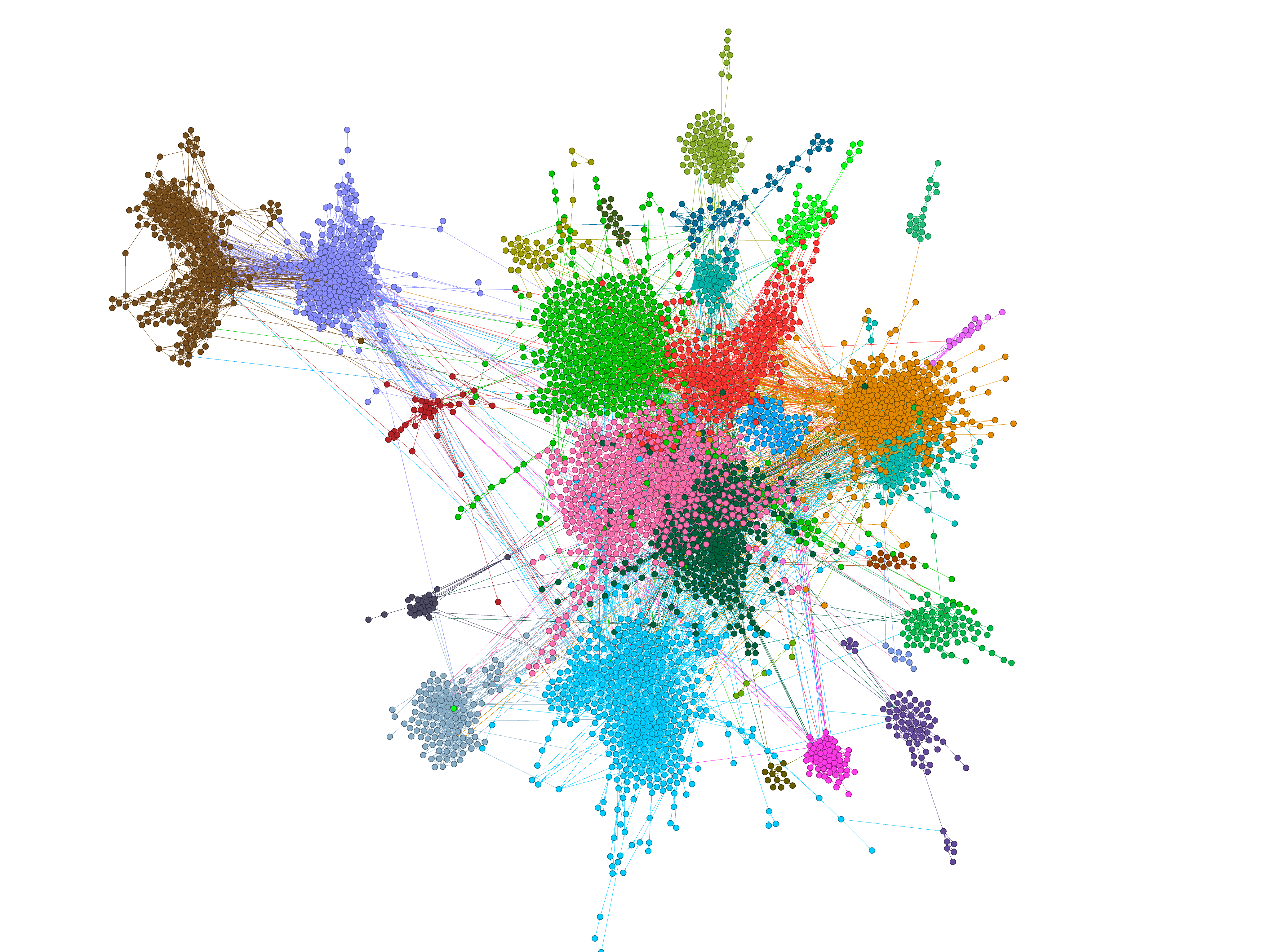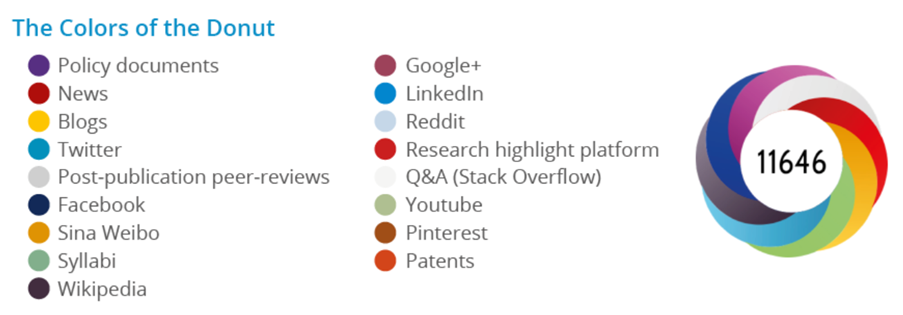What are bibliometrics?
The application of mathematics and statistical analysis to scholarly output to analyze knowledge production, dissemination, and use:
“The measurement of all aspects related to the publication and reading of books and documents.” (Otlet, 1934)
“The application of mathematics and statistical methods to books and other media of communication.” (Pritchard, 1969)
Why citations?
Scientific documents are valuable records (units of knowledge) resulting from well-established processes by which organized communities of experts (in various disciplines, fields, and topics) produce and validate knowledge claims.
Bibliographic citations offer one “visible and traceable” channel which can show us “something about the way those knowledge claims are generated, connected to each other, and validated”.
(De Bellis, 2009, pg. xii)
Main data sources
- Web of Science, Scopus, Dimensions, Openalex, Altmetrics, PubMed, Google Scholar, and many others!
The main advantages of bibliometric databses are their comprehensive indexing of metadata, enrichment of metadata (disciplinary classifications, unique author identifiers, etc.), and their index of citations.
The indexing of citations, pioneered by Eugene Garfield in the 1960s, is the key innovation that led to the emergence and growth of bibliometrics as its own field of research over the last half-century.
Why use bibliometrics?
Bibliometrics are useful for the assessment or evaluation of research and can offer high-level or detailed insights on fields, authors or research entities, trends in topics over time, and relationships.
Advancements in the foundations of bibliometrics are necessary for advancing bibliometric methodology and the tools we use to conduct analysis; developments of indicators, best practices, and data sources are exciting continuous developments in the field.

.png)
.png)





.png)






